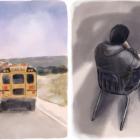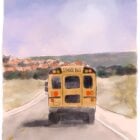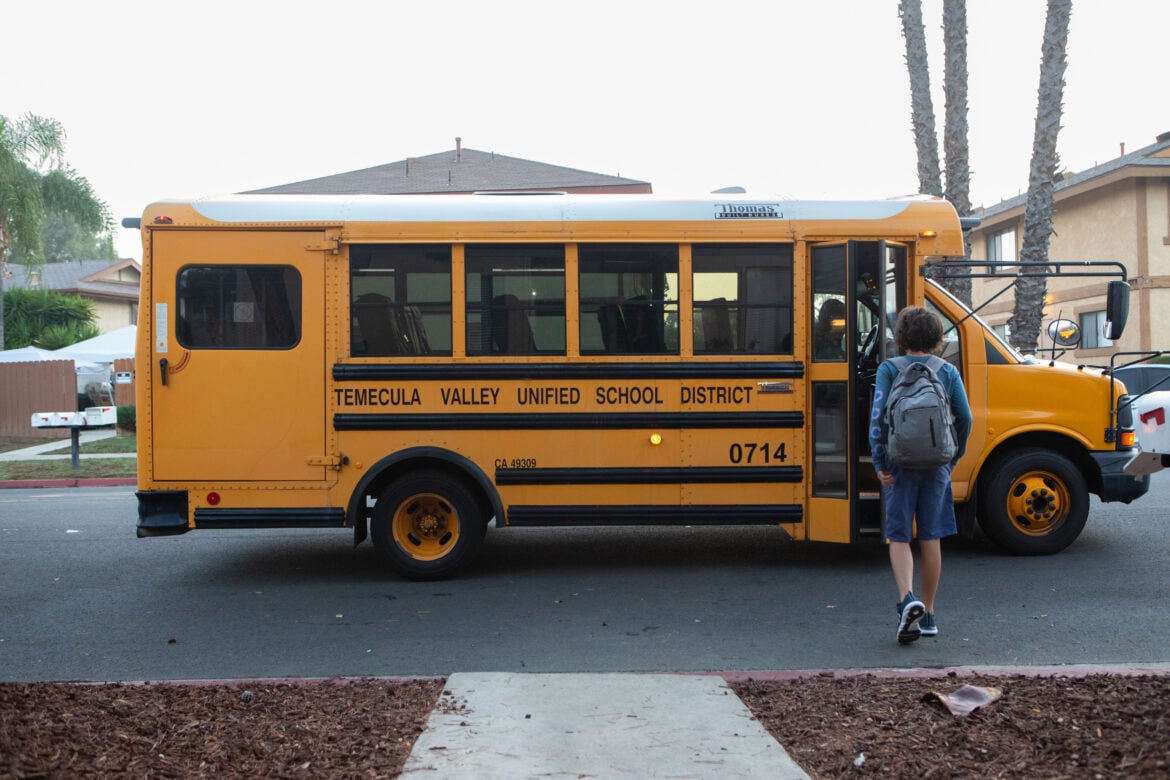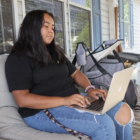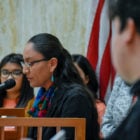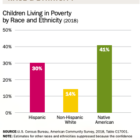Lawmakers will appropriate a record amount of state money in 2022, thanks to unprecedented oil and gas production. Revenue to pay for year-over-year spending, versus one-time costs, in the fiscal year that begins July 1 is projected to go up by 11%, and most of that — 60% — is due to New Mexico’s dominant industry.
We’ve been here before — entering a legislative session flush with cash with projections that an oil and gas boom will last years. But budget leaders at the Legislature know better, precisely because they’ve experienced first-hand the volatile roller coaster of the oil and gas industry’s notorious boom-bust cycles.
A graph put together by the Legislative Finance Committee demonstrates the past turbulence aptly.
Two years ago, in 2020, state lawmakers went on a spending spree due to robust oil and gas production that economists and industry experts predicted would continue for a decade or more, only to return to Santa Fe a few months later to adjust spending after COVID-19 shut down the global economy.
It was an extraordinary moment, one that demonstrated the wisdom of caution when betting on long-term strong oil and gas production.
And, yet, this is where state lawmakers find themselves in January 2022 as oil and gas production has climbed to its pre-COVID peak.
Despite aspirations to wean itself from over-reliance on fossil fuels, New Mexico continues to reap the benefits of oil and gas production, to the tune of $1.6 billion in new money. That’s the amount of dollars coming in for fiscal year 2023 over the expenses of this fiscal year, which ends June 30.
The debate over how cautious to be is playing out in talks about the state’s public education.
As the single-largest item in New Mexico’s state budget, public education commands a central role in every legislative session.
This year is no different, except perhaps in the size of the windfall New Mexico is experiencing and how much cash Gov. Michelle Lujan Grisham and the Legislature want to give public schools and classroom teachers.
The Legislature’s budget arm, the Legislative Finance Committee, proposes spending $421 million more — 12% — over this fiscal year. The governor is in the same vicinity.
Part of the reason for the intense focus is the state’s continuing attempt to right generational education inequities identified in a 2018 landmark court ruling that found New Mexico guilty of violating its responsibility to educate all children equitably.
That generational inequity has contributed to differing education outcomes for groups of students by race or ethnicity, with fewer non-white students graduating than their White peers and performing poorer in reading and math proficiency. A consensus has emerged in recent years among policy makers that more should be spent to address these inequities.
